Bloody Mary and the Observer Effect
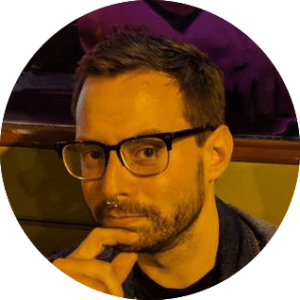
By Dustin J. DiPaulo
Staff Writer
17/10/2019
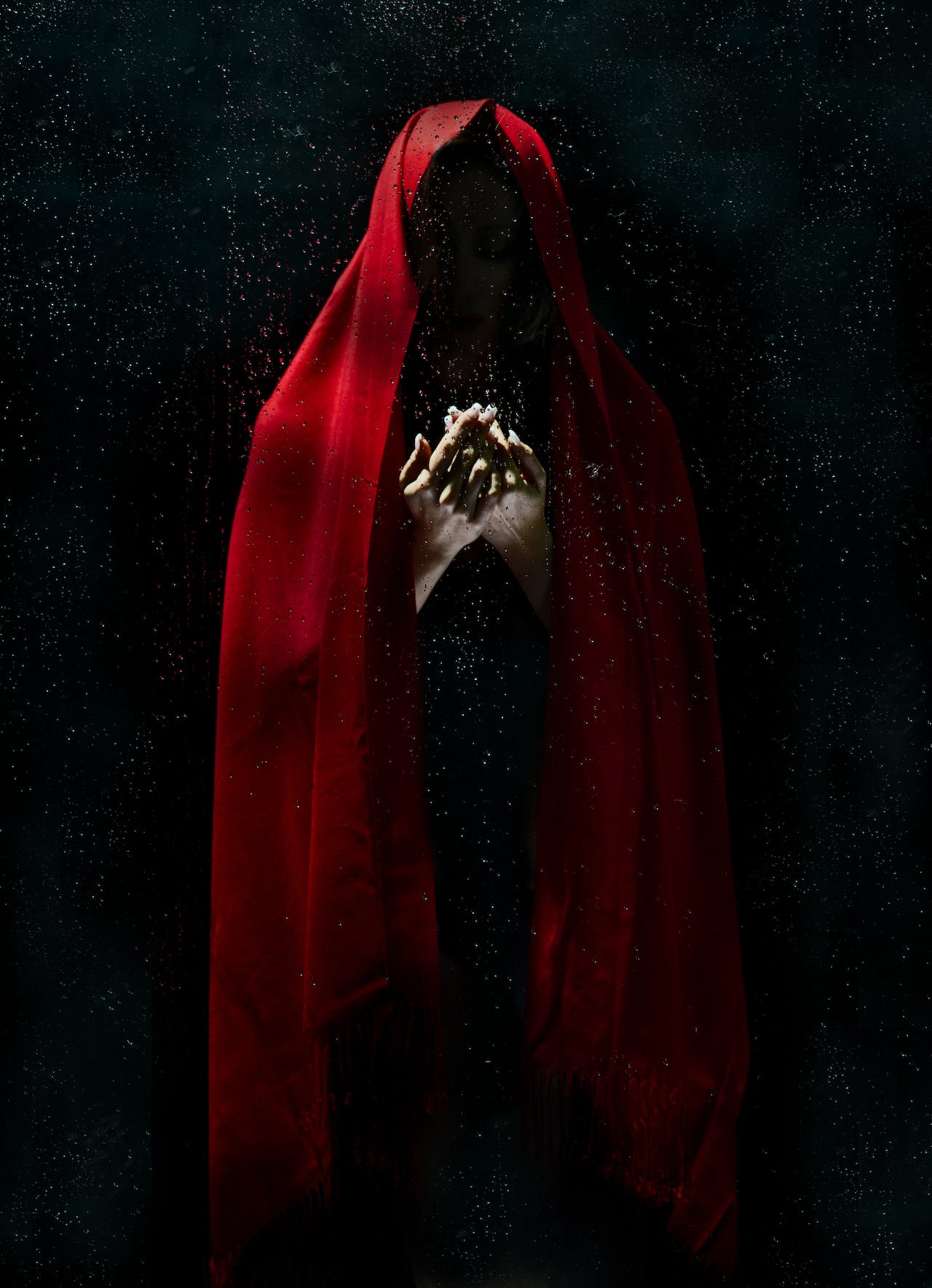
“Come on then, ya wuss,” Adam whispers, “are you gonna do it or not?” We’re standing outside his bathroom, the door slightly ajar, and I can see the eerie glow of candlelight creeping out into the hallway like an ominous invitation to another world. The house is otherwise dark and silent as midnight approaches.
“When the clock strikes midnight.” That was the official time we’d agreed on beforehand, due to the mysticism surrounding that hour. Midnight has supernatural powers; the hour when all our greatest fears – the monsters, the ghouls, the witches, the goblins – come out to play. The hour when the portals between the afterlife and the world of the living open, a time when we should be protected by the armor of sleep, safe underneath thick layers of impenetrable blankets and dreams. The hour of hauntings, curses, demonic possessions, and everything else we’d picked up from secretly watching TV later than our parents would allow. But I’m staying up this particular midnight, and the realms of terror await my arrival, as tiny flames from several candles are amplified by the tripartite bathroom mirror, flickering a hellish warmth and doubling, tripling my sense of terror.
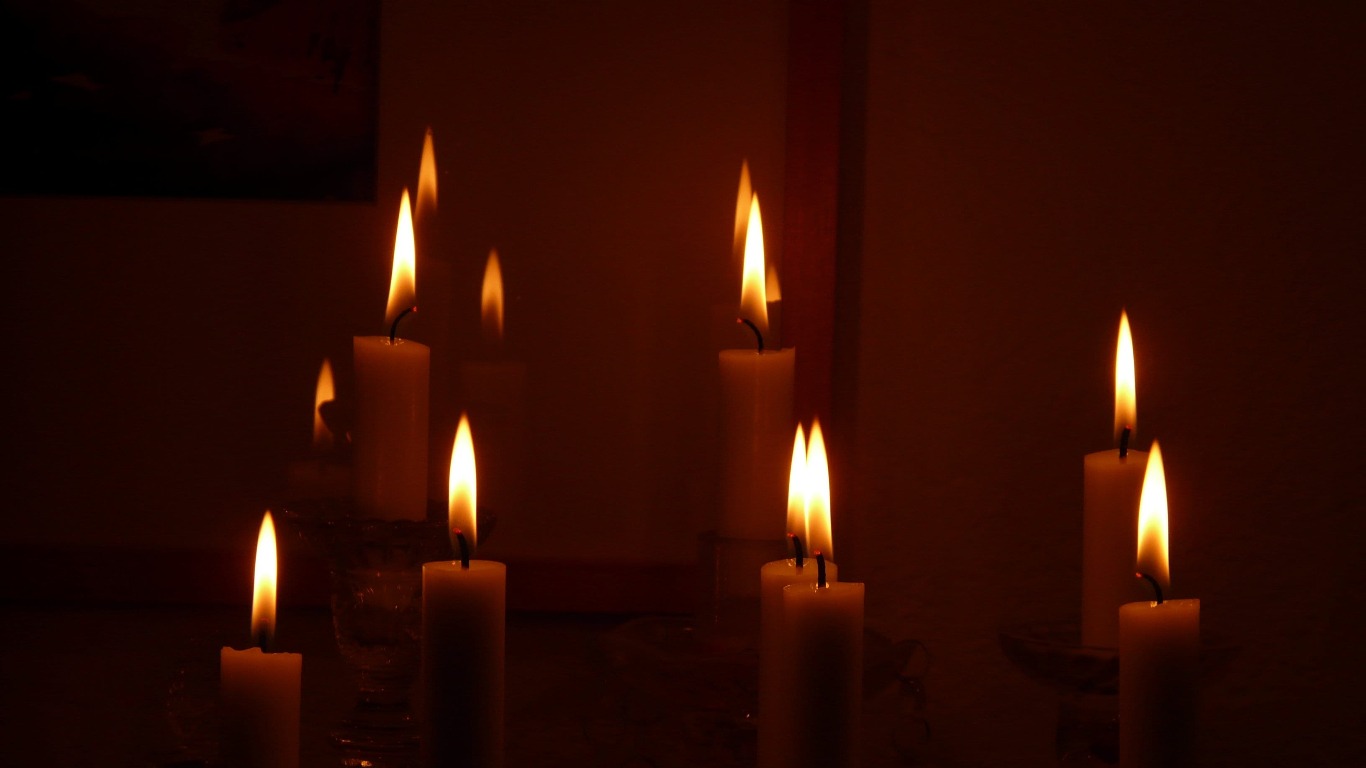
Earlier, Adam and I decided that we would use this slumber party, one of many our mothers arranged for us, to invoke the spirit of the infamous Bloody Mary. There are as many variations on the story as there are cultures in the world, but our version painted the picture of a vicious and unpredictable demon who, if we chanted her name thrice in front of a candlelit mirror, would materialize, either bearing good news about the summoner’s future or arriving with a shriek and scratching his eyes out in a fit of rage, cursing the seeker to a life of misery, misfortune, and disfigurement. These are the risks inherent in attempting to see the future – you may never see anything again.
We would use this slumber party to invoke the spirit of the infamous Bloody Mary.
“It’s midnight,” Adam says, growing impatient. He is a shadow in the dark. I’m staring into the ethereal red light as it trembles and beckons me from behind the bathroom door. It’s now or never, I suppose. My fate has already been sealed. I will either face this ghost and whatever bloodshed she might have in store for me, or I will chicken out and be picked on by Adam for the rest of my life. It’s time.
“Okay, let’s do this,” I say. I approach the door, teeming with a strange blend of fear and curiosity. My bare feet move over the shag carpet. The thick fibers of the rug are cold and feel like a hundred worms between my toes, squirming beneath my feet.
My hand is on the doorknob. It is cold. I have the sudden urge to knock, to announce my arrival to whatever presence may or may not lie in wait on the other side. Enter. The thought shoots through my brain, more like hearing than thinking. I comply.
The door opens slowly. I see the candles we’d placed not an hour prior, strewn about the counters and the sink, atop the toilet and along the shelves. Each of the flames is unnervingly alive, pulsating as if under a steady wind, mirroring my anxiety, doubling my fear, dancing along to the beat of my pulse. But the room itself is utterly still. Too still, it seems, for the fire’s commotion. Something’s not right here. I can feel it.
The door slams shut behind me. I turn to face it, ready to die.
“You suck…So. Freaking. Much,” I say. Adam chuckles, proud of his little scare. I’m shaken, for sure, but I’m also reassured by the fact that my best friend is just on the other side of the door. At least I’m not technically alone. Although, of course, that won’t mean much if Bloody Mary turns out to be real and decides to show up.
The mirror. Another thought invades. I meet my own eyes, but they do not look like my eyes. They are black and staring into me. My reflection is looking at me, not the other way around, not the way it should be. My face takes on strange angles.
Sharp and shadowy features replace the rotund cheeks and underdeveloped chin that I’m accustomed to seeing in the mirror. It’s time.
“Bloody Mary.” One. A devilish grin contorts my face, pushing newly formed dimples upward, like twin peaks of the same mountain range. I inhale, unable to look away.
A devilish grin contorts my face, pushing newly formed dimples upward, like twin peaks of the same mountain range.
“Bloody Mary.” Two. I blur into my surroundings, recede, become but another play of light on glass, fading between the flames and the million shadows they create. I fight to focus my attention on the light of a single candle, struggling to hold onto myself. But there are too many lights. And, thus, there is too much darkness. It overtakes me. Don’t say it, I try to will myself, whatever you do, don’t say it.
It’s too late, I hear instead, much louder, it’s too late. Then, silence. A time without time. I speak: “Bloody Mary.”
She appears.
Not with a shriek or a howl or claws knifing away at my eyes, but with a sort of grave solemnity. A heavy and radiating sadness. Her head is down. Her gown is tattered. How many times, I wonder, has she been summoned like this? She must be exhausted, her soul doomed to an eternity of unrest, tossed about between her world and mine at the whim of whomever calls her name. I can feel her pain, her sadness.
“Hello,” I say, trying to coat my fear with kindness, wanting so badly to heal her, to lend her some of my living warmth. But her eyes do not meet mine. She simply shakes her head and disappears, leaving the room much colder than it was before.
***
While my encounter with Bloody Mary may have been nothing more than the product of an overactive childhood imagination coupled with optical illusion, smoke and mirrors, there are those who would challenge that notion. Many contemporary spiritualists, self-proclaimed mediums, and even psychologists would not be so quick to dismiss such paranormal experiences, particularly those said to occur in early childhood, as mere illusions. According to many who believe in a spiritual plane of existence, children are better equipped to access it than adults. It’s not, in other words, that a ghostly realm beyond does not exist, it’s just that we are trained not to see it as we mature.
This theory hinges entirely on the premise that reality is not a purely objective plane of existence that behaves in one uniform way regardless of whether a person is there to observe it. It implies, instead, that we are conditioned to see the world a certain way – one in line with our expectations. We are taught, to put it differently, to limit the full scope of perception based on the prevailing ontology of a given culture.
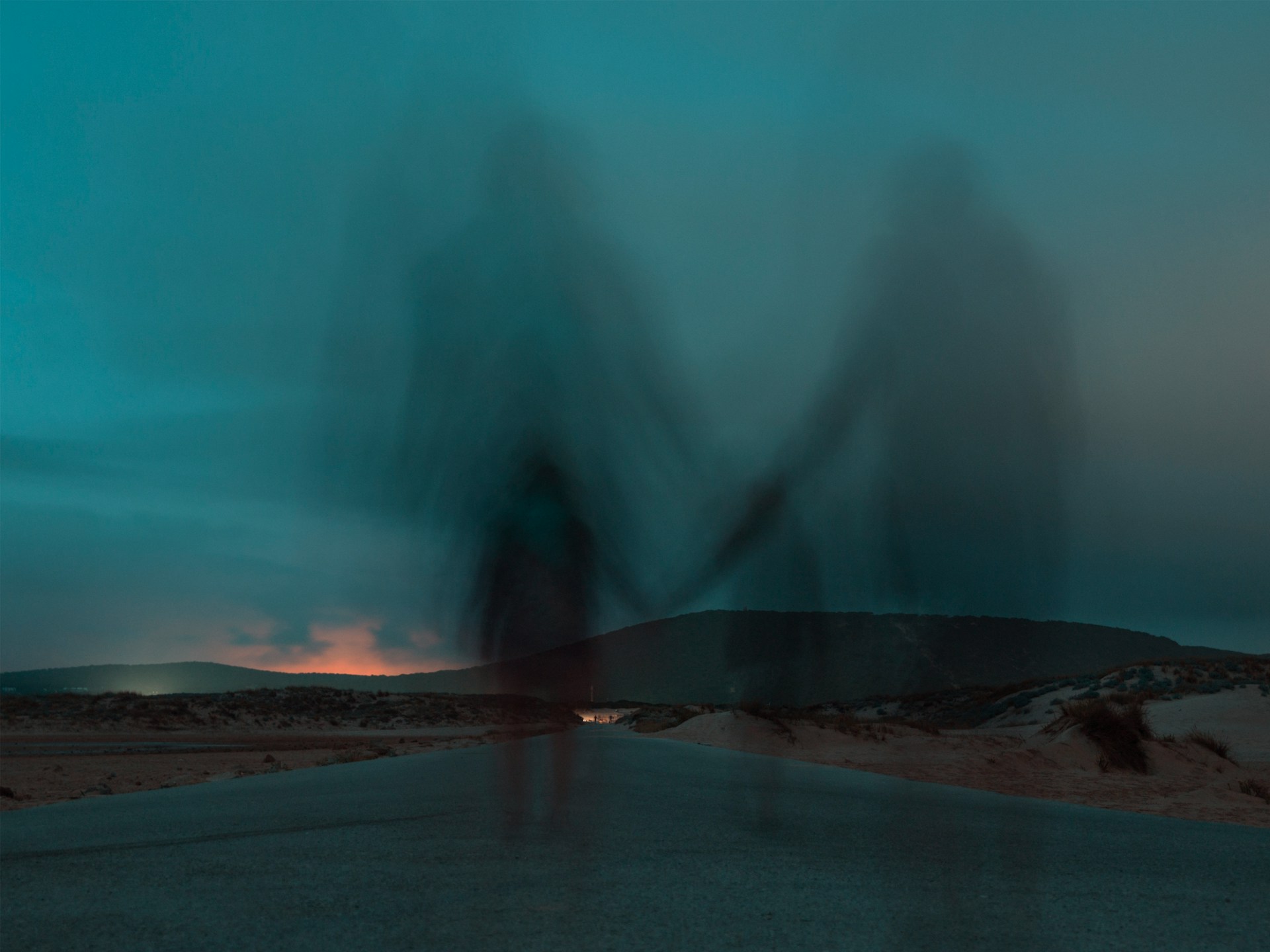
Developmental psychologist, Erik Erikson posited that people undergo stages of what he called “psychosocial development,” wherein we are incrementally taught – by our parents, teachers, peers – how to perceive and navigate the world. Each stage of development, for Erikson, is brought on by a “psychosocial crisis,” or a direct conflict between an individual’s psychological needs (psycho) at a given age and his societal demands (social). Between the ages of five and 12, for example, Erikson claims that children experience the psychosocial crisis of Industry vs Inferiority. This is the developmental stage in which children become especially aware of the fact that they will be praised for certain behaviors and shamed (or punished) for others. Therefore, it could follow, if a kid reports having supernatural or spiritual experiences that don’t align with adult social mores, he’s likely to be told that it isn’t real, that it is nothing more than make-believe. The child, then, will adjust his perceptions accordingly in hopes of receiving approval.
If a kid reports having supernatural or spiritual experiences that don’t align with adult social mores, he’s likely to be told that it isn’t real.
The “harder” sciences, too, in more recent years have begun entertaining a less monolithic construction of reality. The field of quantum physics, for instance, has given rise to what is known as multiverse theory – the idea that our universe, as we know it, may be one of an infinite number of universes that exist outside our reach.
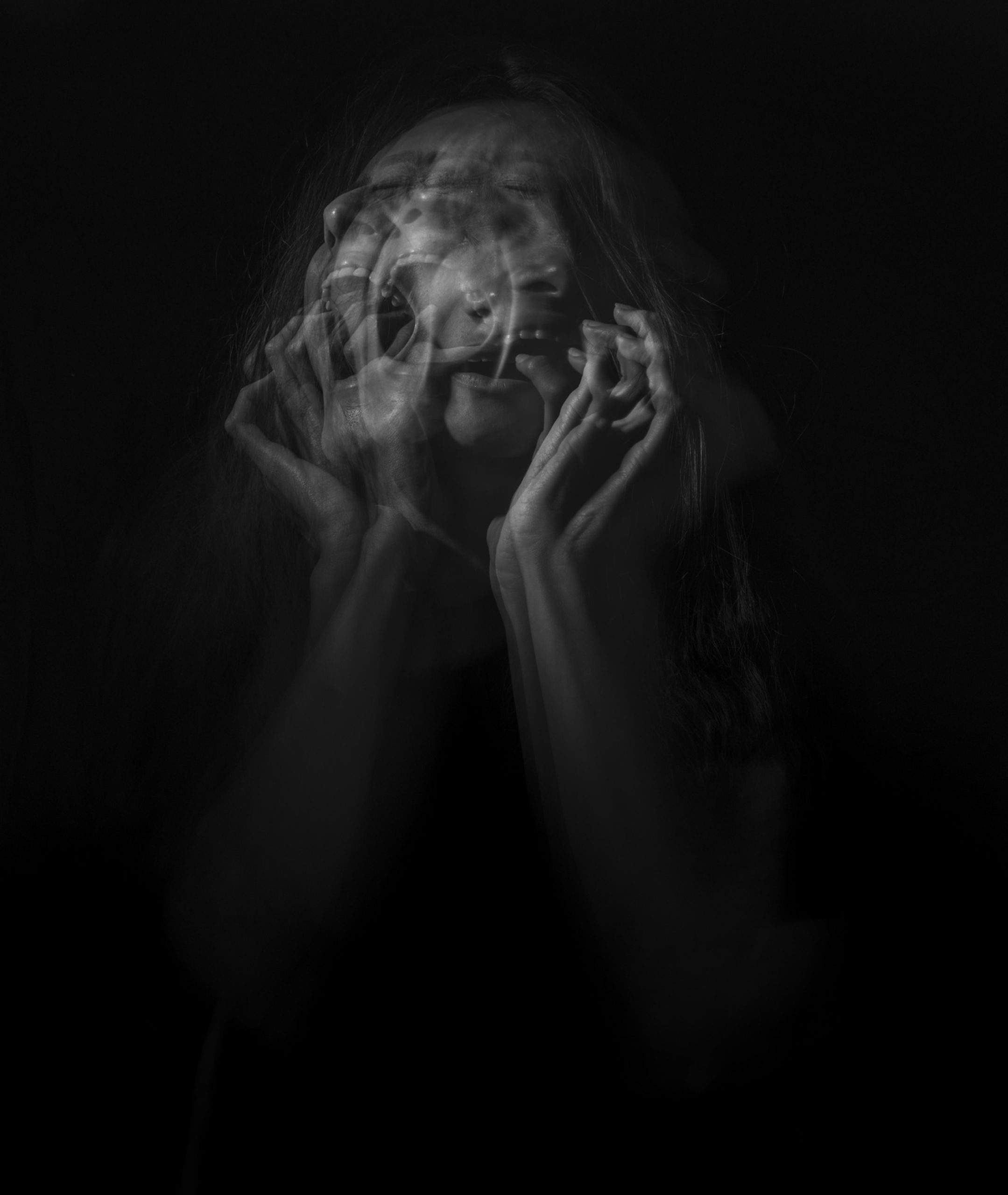
There are several different iterations of what a multiversal cosmology might look like, each rooted in its own hypothesis of the nature and shape of space-time. The theory of infinite universes, for example, presupposes that space-time is flat and, thus, continues eternally, presenting the possibility of myriad unique universes. Not quite an infinite number of possibilities, though, to be technical, as there are limits to the ways particles can combine. This has led physicists to posit a theory of parallel universes, in which the differentiation of particle structures of some universes along the infinite plane of space-time could be so minute that they could appear identical (if ever we were able to observe them).
The field of quantum mechanics has also demonstrated the power human observation appears to have on the behavior of reality. In a pivotal 1998 study, researchers at the Weizmann Institute of Science in Rehovot, Israel documented a strange way in which an observer, merely through the act of observation, can change the behavior of particles. The scientists, when watching with their own eyes, saw them behaving as expected, like particles. However, when they hid a tiny quantum device called an “observer” and left the room, the device recorded the particles behaving like waves. In other words, the very act of perceiving matter, it turns out, fundamentally alters the way matter behaves.
The very act of perceiving matter fundamentally alters the way matter behaves.
Given all this, is it truly preposterous to suggest that other – perhaps darker – planes of existence exist? And if so, is it unreasonable to believe that children, being less adjusted to the social norms of adulthood, could be more susceptible to seeing them? I wonder how those particles at Weizmann would have behaved with only a child there to observe them, having no expectations of what they should do.
I cannot tell you with certainty that what I saw in the mirror as an eight-year-old kid was the tormented spirit of Bloody Mary. But I also cannot tell you with certainty that it was not.
